It has been a long time since I've driven a Saab and even longer since I've driven one I liked. So long, in fact, that I can't really remember if there was one at all.
Under the stewardship of GM, the cars became bad, dull or hopelessly outdated. The previous 9-5 was a symptom of that regime. It lacked the upgrades needed to keep it relevant and fell behind the competition.
DESIGN
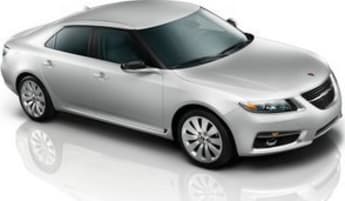
This car has at least as much GM involvement and, in gestation terms, has been ready for 12 months or more. But it does have a couple of advantages. It's much larger than its predecessor; the previous 9-5 was too close in size to the smaller 9-3. This car has generous rear seat room and a capacious, if shallow, boot.
Besides turbocharging, other Saab signatures are realised through the car's sheet metal, which has a distinctive cabin shape with visor-like glass. It looks like a Saab even without the liftback rear that used to be part of the formula.
Inside, the asymetrical speedo, grid-pattern vents, shapely seats and cockpit-style centre console also echo brand strengths. It's a pleasant place to be.
Trainspotters will notice the absence of a central ignition key slot and funky flip-out cupholders. Those will be a deal breaker for no one.
TECHNOLOGY
The underpinnings are good. Although they're shared with lesser brands such as Opel, the car's composure and chassis tuning feel up to segment standards. It feels solid and substantial.
VALUE
It's packed full of gear. There's not a lot missing from the spec sheet and an entry level car comes almost fully loaded. The list includes stuff that's now de rigueur, such as Bluetooth, as well as premium kit such as an informative head-up display. Active cruise control seems to be the main omission.
DRIVE
The range has been rationalised. Previously, there were almost as many Saab variants as buyers. This time it boils down to three engines: the petrol four-cylinder, driven here, a four-cylinder 2.0-litre diesel and 2.8-litre V6. All have turbocharging, a Saab signature, and the petrol four delivers surprisingly adequate, if unspectacular, performance.
Driving the front wheels via a six-speed transmission, it reaches 100km/h in 8.5 seconds. The V6 offers all-wheel drive but is a lot heavier.
Some will question the ride quality, though, which rumbles and thumps over road details, and the tyre roar generated by unfavourable tarmac. But on a first taste the 9-5 exceeded expectations. In a very real sense, the only way was up.
VERDICT
The 9-5 must redefine the brand for a new generation of buyers and it is at least in with a chance.
Read more about prestige motoring at The Australian.
Saab 9-5 2011: Vector 2.0T
| Engine Type | Turbo 4, 2.0L |
|---|---|
| Fuel Type | Premium Unleaded Petrol |
| Fuel Efficiency | 9.4L/100km (combined) |
| Seating | 5 |
| Price From | $8,910 - $12,540 |
| Safety Rating |
|






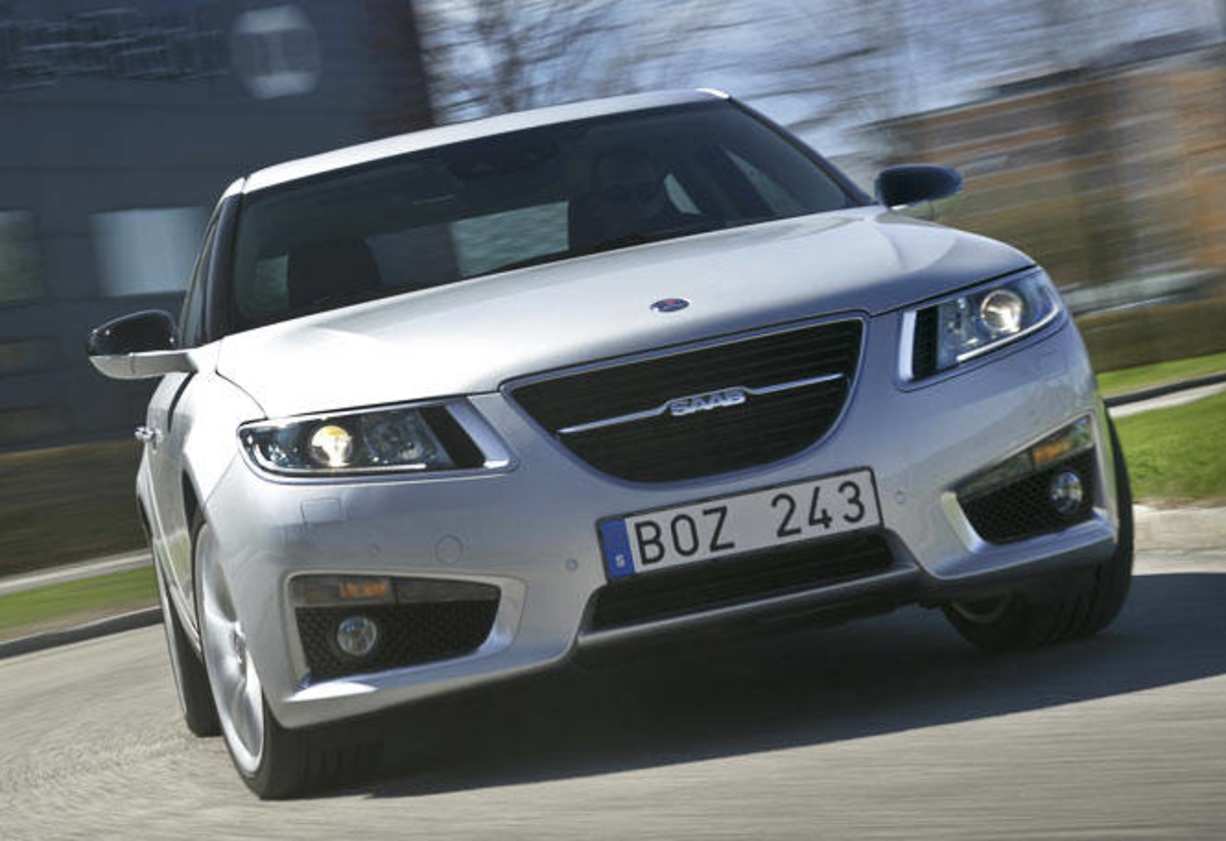
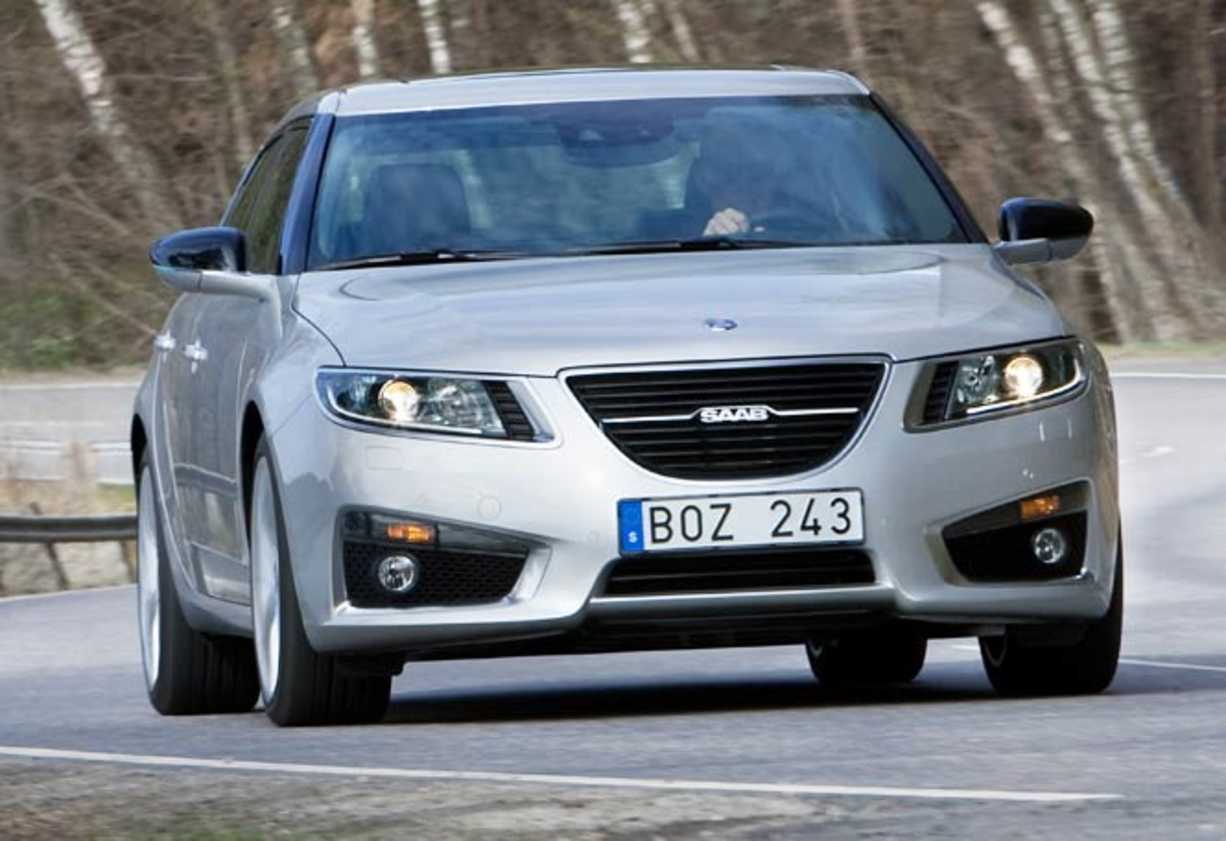





















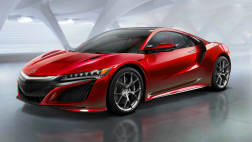








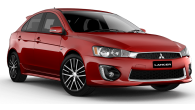





.png)



